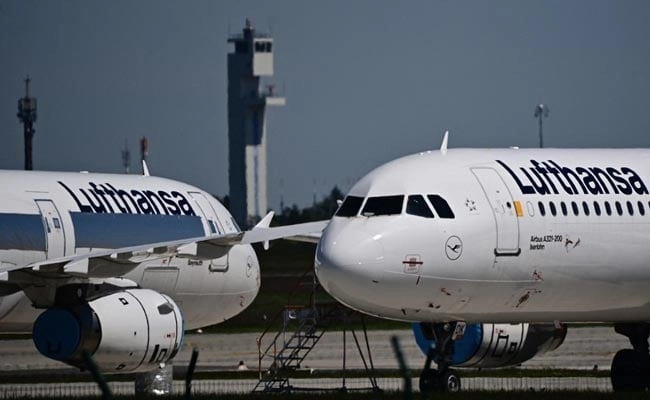In a groundbreaking experiment that captivated the aviation industry, a commercial airplane with 200 passengers onboard experienced a ten-minute flight without a human pilot at the controls. This unprecedented event took place during a scheduled flight, where advanced autopilot technology was put to the test. The flight aimed to evaluate the capabilities of automated systems in handling real-world conditions, showcasing the potential future of air travel where human pilots might be less central to operations.
During the ten-minute period, the aircraft operated seamlessly, demonstrating the sophisticated algorithms and sensor technologies that enable modern planes to navigate autonomously. Passengers reported a mix of excitement and apprehension as they learned about the experiment. While some expressed confidence in the reliability of modern aviation technologies, others felt a sense of unease at the thought of flying without a human pilot. The flight crew remained onboard, closely monitoring the systems and ensuring that all safety protocols were followed, thereby guaranteeing the well-being of everyone onboard.
This experiment is part of a larger trend in the aviation sector, where airlines and manufacturers are increasingly interested in integrating automation into flight operations. With advancements in artificial intelligence and machine learning, the potential for reducing human error and increasing efficiency in the cockpit has never been more tangible. However, the experiment also sparked discussions regarding the ethical implications of pilotless flights, including concerns about accountability and the importance of human oversight in aviation safety.
As the industry moves forward, balancing technological innovation with the human touch will be crucial. While the ten-minute pilotless flight showcased the future possibilities of air travel, it also highlighted the need for ongoing dialogue about the role of pilots in ensuring passenger safety and comfort. The event marks a pivotal moment in aviation history, serving as a stepping stone toward a future where automated systems and human expertise work hand in hand to redefine the flying experience.




